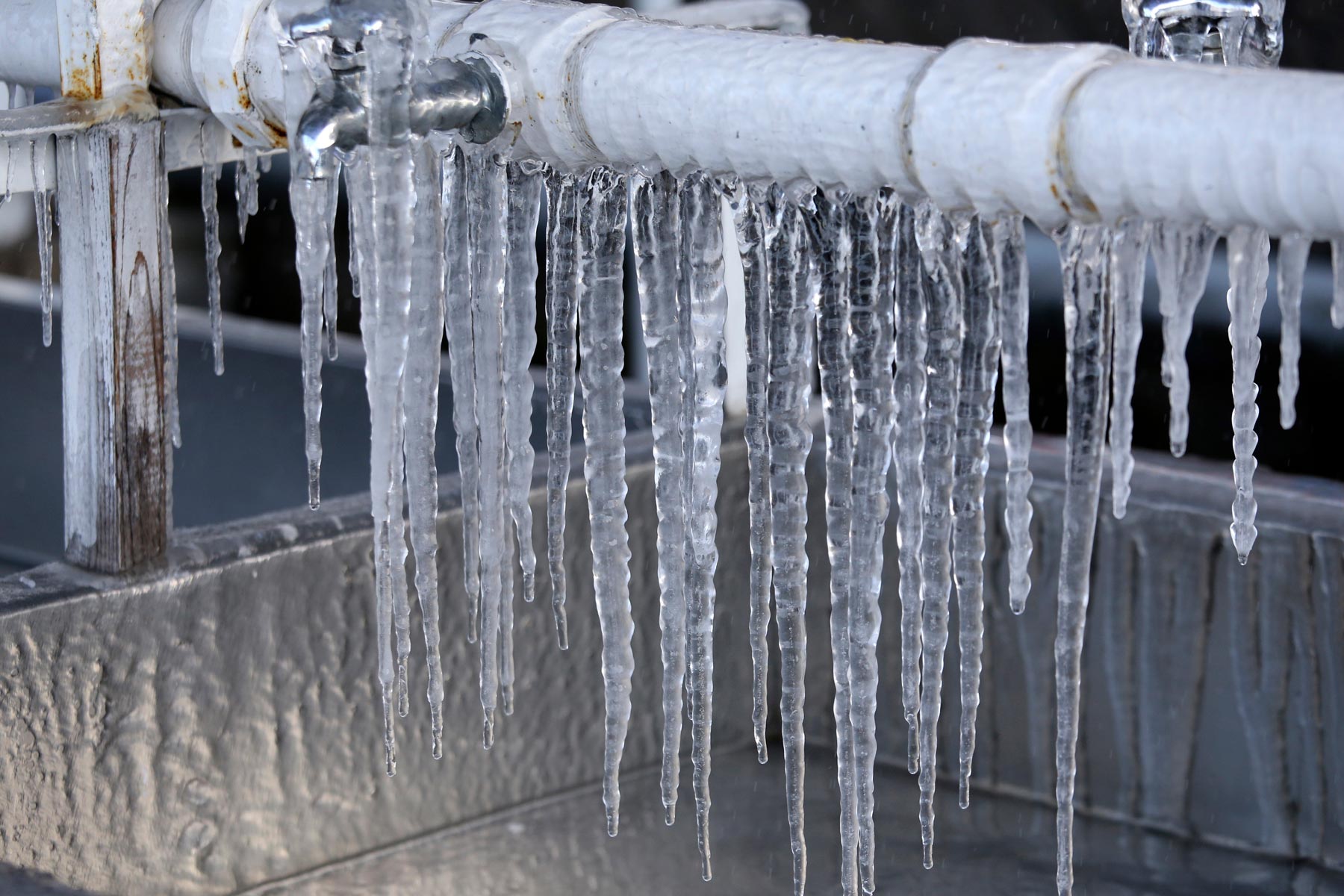Key Methods for Avoiding Frozen Plumbing in Cold Weather
Key Methods for Avoiding Frozen Plumbing in Cold Weather
Blog Article
The content which follows pertaining to How To Avoid Freezing Pipes is truly fascinating. Don't bypass it.

Winter can ruin your pipes, especially by freezing pipes. Here's how to stop it from taking place and what to do if it does.
Intro
As temperatures decrease, the risk of frozen pipelines increases, possibly causing costly repairs and water damages. Comprehending how to stop icy pipes is vital for property owners in chilly climates.
Comprehending Icy Pipes
What triggers pipes to ice up?
Pipelines ice up when subjected to temperatures listed below 32 ° F (0 ° C) for extended durations. As water inside the pipes ices up, it expands, taxing the pipeline walls and potentially triggering them to break.
Risks and damages
Icy pipelines can result in supply of water disruptions, residential property damages, and costly repair work. Burst pipelines can flood homes and trigger extensive structural damages.
Signs of Frozen Pipeline
Determining frozen pipes early can avoid them from rupturing.
Exactly how to recognize icy pipelines
Seek lowered water circulation from taps, unusual odors or noises from pipelines, and noticeable frost on subjected pipes.
Prevention Tips
Protecting susceptible pipes
Cover pipelines in insulation sleeves or utilize heat tape to shield them from freezing temperature levels. Focus on pipes in unheated or external areas of the home.
Heating methods
Keep indoor spaces properly warmed, particularly areas with pipes. Open closet doors to enable cozy air to flow around pipelines under sinks.
Safeguarding Outdoor Plumbing
Yard hose pipes and outside faucets
Separate and drain garden hose pipes before wintertime. Set up frost-proof spigots or cover outdoor taps with insulated caps.
What to Do If Your Pipelines Freeze
Immediate activities to take
If you think frozen pipelines, keep taps open up to soothe stress as the ice melts. Make use of a hairdryer or towels soaked in warm water to thaw pipes slowly.
Long-Term Solutions
Structural changes
Consider rerouting pipes away from outside walls or unheated locations. Include additional insulation to attic rooms, cellars, and crawl spaces.
Updating insulation
Purchase high-quality insulation for pipes, attic rooms, and wall surfaces. Proper insulation helps maintain constant temperatures and minimizes the danger of frozen pipes.
Final thought
Stopping frozen pipes needs positive procedures and fast actions. By recognizing the causes, signs, and preventive measures, homeowners can protect their pipes during cold weather.
5 Ways to Prevent Frozen Pipes
Drain Outdoor Faucets and Disconnect Hoses
First, close the shut-off valve that controls the flow of water in the pipe to your outdoor faucet. Then, head outside to disconnect and drain your hose and open the outdoor faucet to allow the water to completely drain out of the line. Turn off the faucet when done. Finally, head back to the shut-off valve and drain the remaining water inside the pipe into a bucket or container. Additionally, if you have a home irrigation system, you should consider hiring an expert to clear the system of water each year.
Insulate Pipes
One of the best and most cost-effective methods for preventing frozen water pipes is to wrap your pipes with insulation. This is especially important for areas in your home that aren’t exposed to heat, such as an attic. We suggest using foam sleeves, which can typically be found at your local hardware store.
Keep Heat Running at 65
Your pipes are located inside your walls, and the temperature there is much colder than the rest of the house. To prevent your pipes from freezing, The Insurance Information Institute suggests that you keep your home heated to at least 65 degrees, even when traveling. You may want to invest in smart devices that can keep an eye on the temperature in your home while you’re away.
Leave Water Dripping
Moving water — even a small trickle — can prevent ice from forming inside your pipes. When freezing temps are imminent, start a drip of water from all faucets that serve exposed pipes. Leaving a few faucets running will also help relieve pressure inside the pipes and help prevent a rupture if the water inside freezes.
Open Cupboard Doors
Warm your kitchen and bathroom pipes by opening cupboards and vanities. You should also leave your interior doors ajar to help warm air circulate evenly throughout your home.
:strip_icc()/snow-outdoor-faucet-pipes-4af65d1e5e904fb1aa7bf74071fe5d89.jpg)
Do you really like more info about How to Prevent Your Pipes From Freezing? Leave a comment below. We'd be delighted to find out your thoughts about this blog. We hope to see you back again in the future. Remember to set aside a second to distribute this article if you liked it. Thanks for going through it.
Call Today Report this page